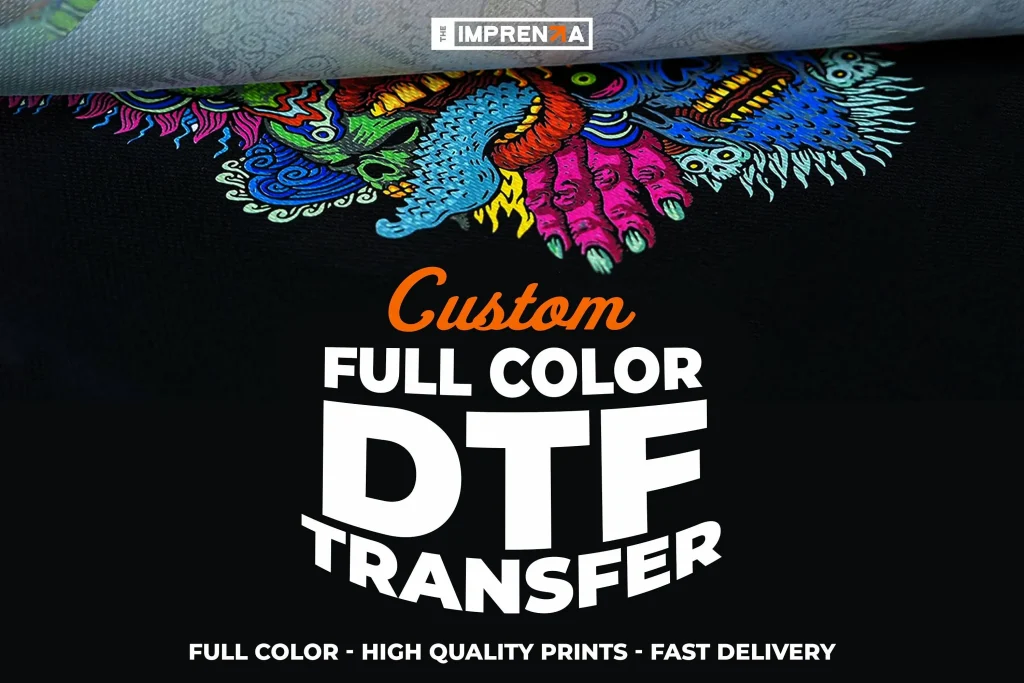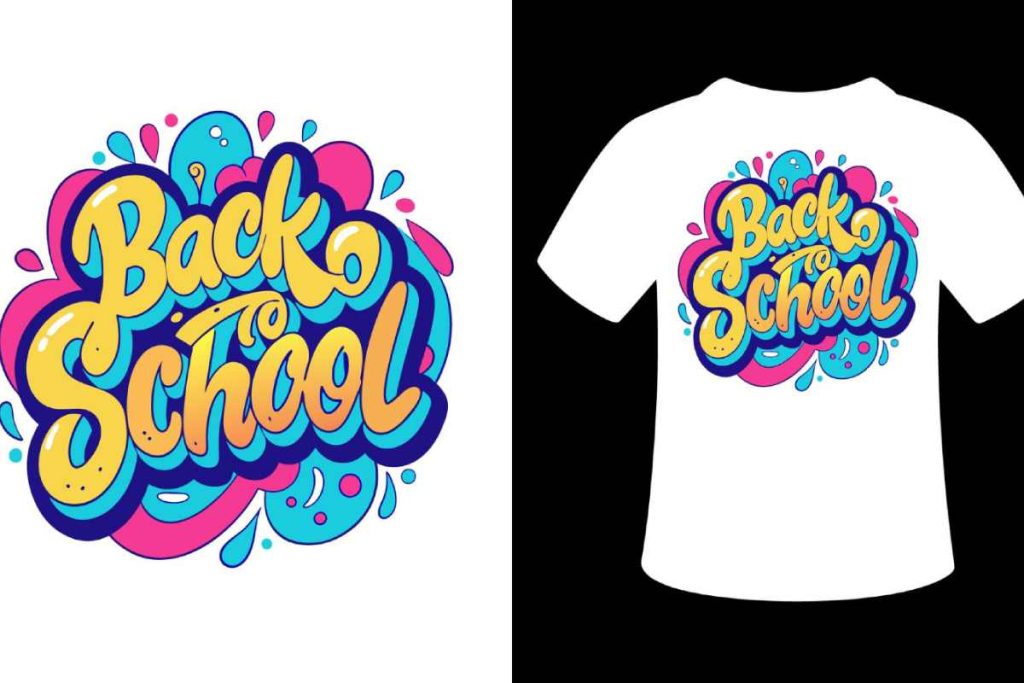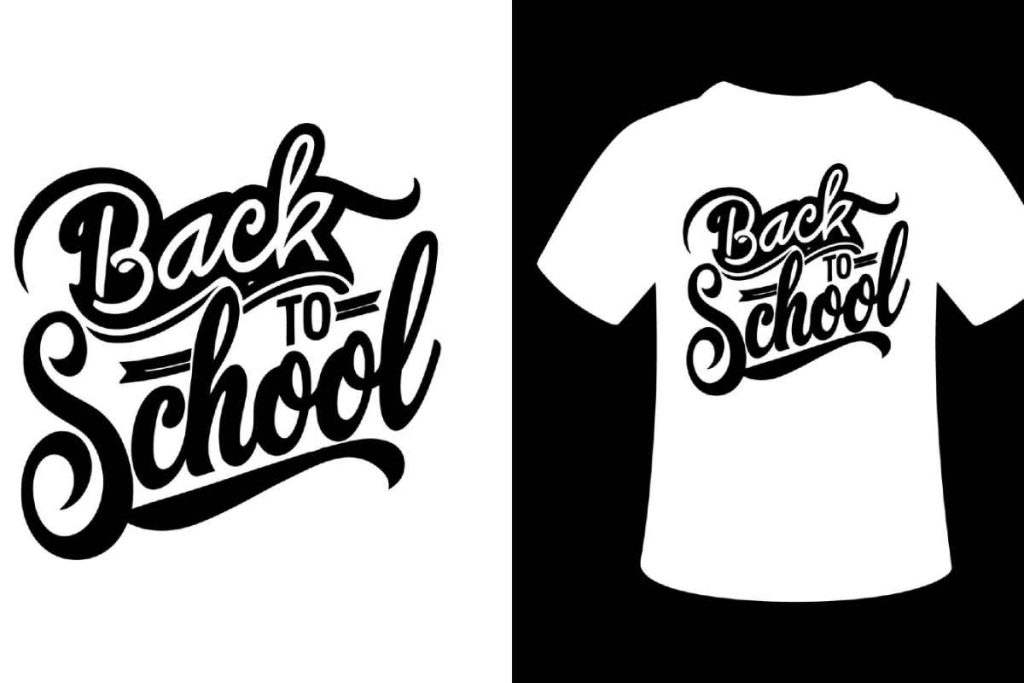DTF transfers, or Direct-to-Film transfers, are revolutionizing the landscape of t-shirt printing and apparel decoration. As a burgeoning method in the printing industry, DTF printing boasts impressive benefits, including vibrant designs and remarkable transfer durability. Many individuals still cling to misconceptions about DTF, which may prevent them from exploring its affordable options. In this article, we will explore the crucial differences between DTF and traditional methods like DTG, highlighting the incredible value and reliability that DTF transfers provide. Whether you’re a business owner or simply a printing enthusiast, understanding DTF’s potential can transform your approach to fabric design.
Known as Direct-to-Film printing, DTF transfers serve as a modernized technique for applying detailed graphics onto various materials. This innovative process involves printing designs onto unique films, which are then transferred to fabric with heat. Compared to traditional methods, this approach is not only cost-effective but also enhances the durability of printed designs. As demand grows for high-quality and versatile printing solutions, more people are recognizing the advantages of this technology over its counterparts, such as DTG or screen printing. Let’s delve deeper into the common myths surrounding this transformative printing method to uncover the truths that can benefit businesses and creators alike.
Understanding DTF Transfers vs. DTG Printing
When comparing DTF (Direct-to-Film) transfers to DTG (Direct-to-Garment) printing, it’s essential to recognize their distinct methods and outcomes. DTF printing operates by applying an adhesive to a film where the design is printed; this film is then heat-pressed onto fabric. In contrast, DTG printing involves directly applying ink to the garment, which can limit the vibrancy and texture compared to DTF methods. The result is that DTF can often achieve a greater level of detail and vibrancy, making it an appealing choice for unique and intricate designs.
The tactile quality of DTF transfers is also quite different from that of DTG prints. DTF can provide a smoother finish that not only enhances the visual appeal of the garment but also contributes to comfort during wear. Understanding these differences helps businesses decide which techniques align best with their specific printing needs, allowing for better customization and consumer satisfaction.
Highlighting the Safety of DTF Inks
A common concern among consumers is the safety of inks used in printing processes, particularly with DTF transfers. Fortunately, many DTF inks are formulated to be water-based and comply with strict environmental regulations. This not only helps alleviate fears surrounding chemical exposure but also positions DTF printing as a responsible choice for eco-conscious consumers. The rise in availability of non-toxic inks reflects a broader trend within the printing industry towards safer and more sustainable practices.
When discussing the adoption of DTF printing technologies, it’s crucial to reassure potential users that safety is prioritized. Printers utilizing DTF inks can work without fear of hazardous fumes, making it a preferable option for home-based businesses and professional environments alike. The incorporation of these environmentally friendly inks ensures both the safety of the end consumers and the well-being of those operating the printing equipment.
The True Durability of DTF Transfers
One of the most significant worries about DTF transfers is their durability in comparison to traditional methods like screen printing. Contrary to the myth that DTF transfers are prone to fading, cracking, or peeling, many professionals report that when appropriately applied, these transfers can withstand repeated washes just as well as their competitors. This remarkable durability means that garments adorned with DTF prints can maintain their vivid appearance and quality over time, reinforcing the technique’s appeal.
Moreover, advancements in DTF technology continue to enhance the longevity of these prints. By adhering to proper application methods and employing high-quality materials, users can ensure that their DTF transfers not only look stunning when first applied but also endure the test of time in real-world conditions. This ability to produce long-lasting prints solidifies DTF as a viable option for both casual wear and high-demand apparel.
Cost Benefits of DTF Printing
Budgets are often tight for small businesses venturing into new printing technologies. A misconception has risen that DTF printing is expensive, primarily due to initial setup costs associated with specialized equipment. However, once the necessary processes and setup are in place, DTF printing tends to yield a lower cost per print than traditional methods. This cost-effectiveness allows businesses to serve customers efficiently, especially when they can print on demand without incurring high expenses.
Additionally, DTF printing minimizes waste through precise production methods. Rather than creating excess inventory, which often occurs with screen printing, businesses can produce only what is needed when adopting DTF technology. This flexibility allows companies to achieve better margins while also offering custom solutions that resonate with today’s consumers who appreciate personalization in their apparel.
Accessibility of DTF Transfers for Small Businesses
One of the best-kept secrets of DTF printing is its accessibility for small business owners and individual entrepreneurs. Contrary to the belief that specialized, costly printers are required, many standard inkjet printers can be easily adapted for DTF use. This means that those looking to break into the printing market don’t need to undertake significant financial investments. With a few modifications and the right supplies, anyone can start producing high-quality DTF prints.
This accessibility allows a broader range of businesses to enter the DTF printing space without the burden of heavy capital expenditures. As a result, aspiring entrepreneurs can tap into the lucrative custom apparel market, creating unique items that appeal to their customer base. Essentially, DTF transfers level the playing field, empowering small players to compete alongside larger firms, thus enhancing the vibrancy and diversity of the market.
Exploring the Creative Potential of DTF Transfers
DTF transfers open up a realm of creative possibilities for designers and businesses alike. The ability to easily transfer vibrant graphics and intricate designs onto various fabrics means that artists can unleash their creativity without limitations. From custom apparel to unique promotional products, the versatility of DTF printing allows for a broader range of creative expression that can cater to niche markets.
The combination of affordability and quality makes DTF transfers particularly enticing for those in the fashion and merchandise industries. Businesses can create limited edition collections or seasonal designs with minimal risk of waste, enabling them to keep their offerings fresh and exciting. This flexibility fosters innovation, inspiring designers to experiment with new styles and trends that resonate with their consumers.
Frequently Asked Questions
What are the main benefits of DTF Transfers compared to other printing methods?
DTF transfers offer several benefits over traditional printing methods like DTG or screen printing. They provide vibrant colors, excellent detail, and can adhere to a wide range of fabrics. Additionally, DTF printing allows for efficient on-demand production, reduces waste, and is often more cost-effective for small to medium-sized businesses.
How durable are DTF Transfers when compared to other printing techniques?
DTF transfers are known for their durability and can withstand multiple washes without fading, cracking, or peeling. When properly applied, they offer durability comparable to screen printing, making them a reliable choice for garments that require repeated wear.
Is DTF printing safe, and do DTF inks contain harmful chemicals?
Many DTF inks used in the printing process are water-based and non-toxic, complying with safety standards. This makes DTF printing a safer choice for both the printer and the end consumer, dispelling the myth that these inks are harmful.
What is the difference between DTF transfers and Direct-to-Garment (DTG) printing?
While both DTF transfers and DTG printing serve to apply designs to fabric, the methods differ significantly. DTF printing uses specialized film and adhesive to transfer designs, while DTG applies ink directly onto garments. This fundamental difference leads to variations in texture and application.
Is Affordable DTF printing possible for small businesses?
Yes, affordable DTF printing is achievable for small businesses. Despite potential initial setup costs for equipment, the cost per print can be lower than other methods, making it an economically viable option for customization and bulk production.
Can standard printers be adapted for DTF Transfers or do you need specialized equipment?
Many standard inkjet printers can be modified to accommodate DTF transfers without the need for costly specialized equipment. This accessibility makes DTF printing an attractive option for businesses looking to implement quality printing without significant financial investment.
| Myth | Reality | Key Points |
|---|---|---|
| DTF Transfers Are Just Like DTG | DTF and DTG are different printing methods. | DTF uses a film with adhesive, yielding different textures. |
| DTF Inks Are Toxic | Many DTF inks are non-toxic and water-based. | DTF inks comply with safety standards, ensuring safety for users. |
| DTF Transfers Are Not Durable | DTF transfers are durable and resist fading and peeling. | Proper application results in quality comparable to screen printing. |
| DTF Printing is Expensive | DTF printing can be cost-effective in the long run. | Initial setup may be an investment, but production costs can be low. |
| Only Specialized Printers Can Use DTF Transfers | Standard inkjet printers can be adapted for DTF. | Accessibility allows small businesses to utilize DTF easily. |
Summary
DTF Transfers have gained prominence as a versatile method for apparel decoration, allowing businesses to create vibrant designs efficiently. By debunking the myths surrounding DTF transfers, we illuminate their benefits, such as durability, cost-effectiveness, and accessibility. Businesses can now make informed choices regarding their printing processes, understanding that DTF is not only comparable to traditional methods but often superior in many aspects. Embracing DTF transfers opens new avenues for creativity and innovation in the printing industry, breaking down barriers that previously discouraged adoption.



